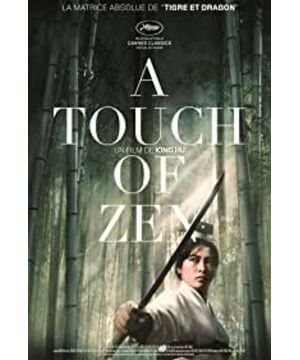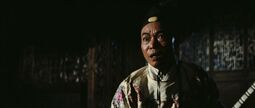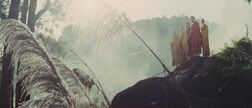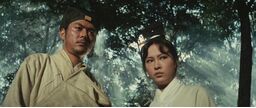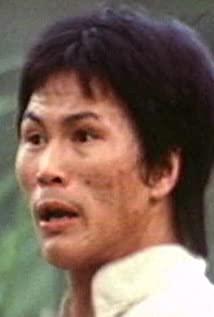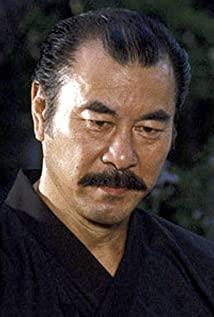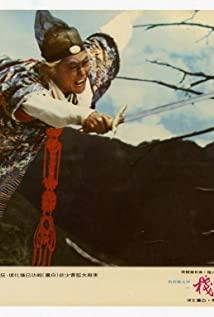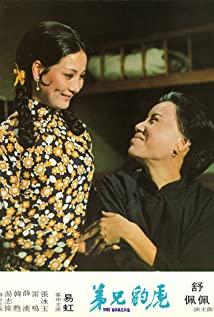Frame-scraping is when the actor rises up in the air, cut out a few frames in the middle, and then when replaying it, the person seems to be swishing into the sky. It seems that he really knows how to perform lightly. When the audience sees it, they will think wow, this guy is going to go to heaven...
Director Wong Kar-Wai's "Chongqing Forest" uses frame-drawing technology at the beginning. Only 12 frames are played in one second. Playing at 24 frames can create a sense of stuttering. Takeshi Kaneshiro doesn't actually run fast, but he feels that the movement range is very large, and only his face is clear when there are people on the street...and Wong Kar-wai also likes to use up-level shooting or down-level shooting. Up-level shooting is commonly known as slow motion.. The
popular knives in the Ming Dynasty (including standard sabers) were goose ling knives, with a slender, half-straight, half-curved blade. At 8 minutes in the movie, the knife (in the scabbard) of the Dongchang minion was only popular in the Qing Dynasty. The shooting posture in the film is also very fake. It can only be said that the director's level of picture effect was really high at the technical level at that time. However, for a martial arts film under a historical background, the understanding of the historical details is still lacking.
The scene of Bamboo Forest War brings a sense of depth to the camera by using the dislocation of bamboo and actors, and the scene of the two villains taking advantage of the leap of light power just makes use of this sense of depth; the heroine Miss Yang and General Shi cooperate with the use of bamboo bullets to volley into the air. Killing the villain is a group of action clips that are crisp and murderous.
The second half is a bit too long-winded, and it starts with Gu Xingzhai's search for the chivalrous girl. It can be seen that in the next plot, what Director Hu wants to express is Zen. My four favorite scenes, the first scene is Ouyang Nian looking for Gu Sheng's portrait, he left in the middle, and Gu Sheng chased after him; the second scene was Gu Sheng's night visit to a haunted house; the third scene was the fight scene in the second half of the bamboo forest. ; The fourth scene is Gu Sheng's crazy laugh after the haunted house fight, and the panic after finally "discovering" the dead body from his inflated laughter.
PS: If the ending is in Gu Sheng's laughter, and the camera shows a dead body in one place, and then stops abruptly, it may be more "jianghu flavor", and it is also my favorite ending.
View more about A Touch of Zen reviews


